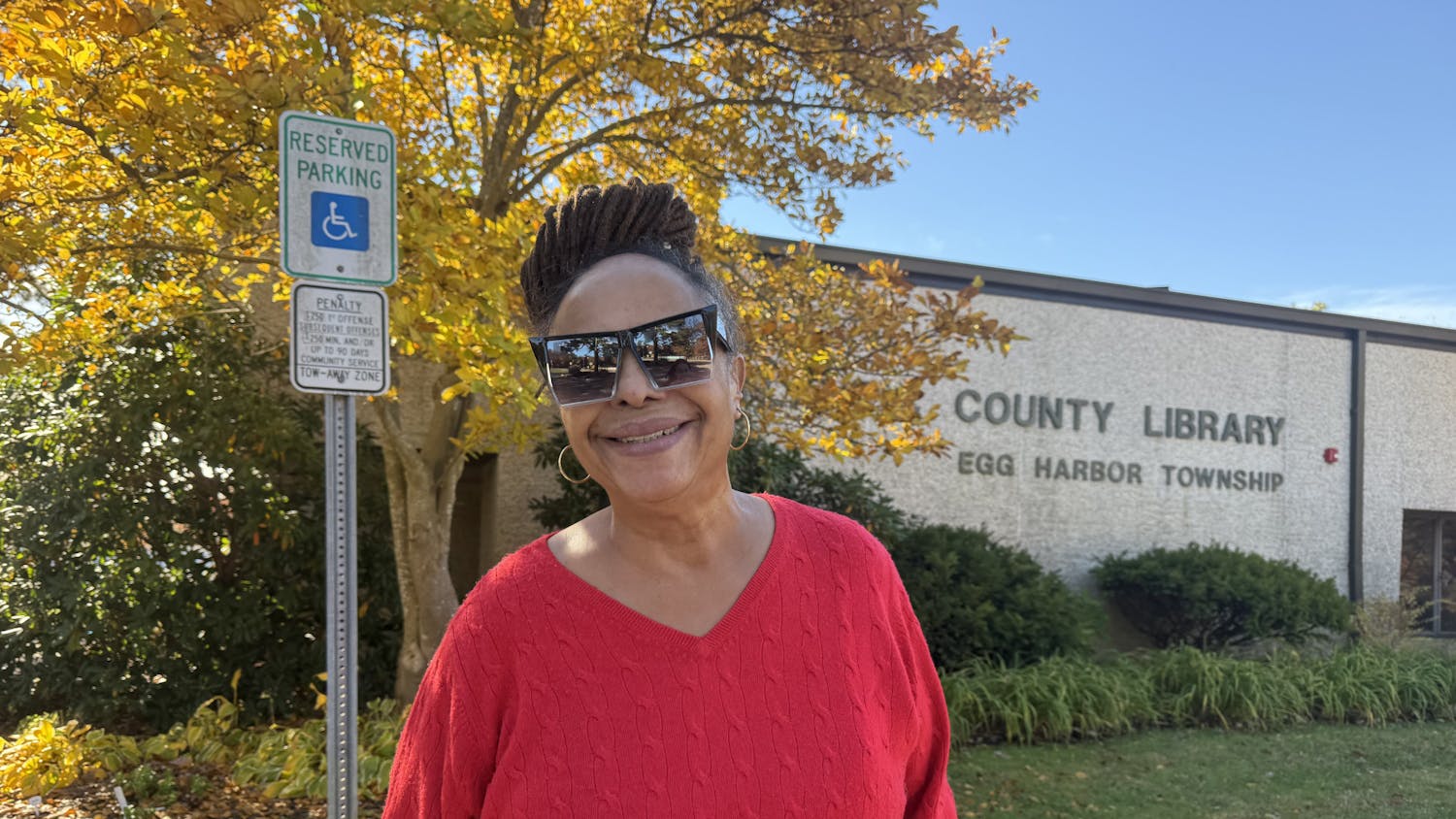By Colleen Murphy
News Editor

To shed some light on the infamous case of Michael Brown — the 18-year-old who was shot six times in Ferguson, M.O. over the summer — journalist, historian and University of Connecticut history professor Jelani Cobb gave the presentation “Between Us and the World: Ferguson, United States of America and The Lynching of Michael Brown,” to a full Mayo Concert Hall on Thursday, Oct. 23.
Cobb painted a vivid picture of this summer’s shooting which has split the town of Ferguson and the country, saying that what actually angers people most about the Ferguson case stems from a deep history of race relations.
Cobb spent nine days reporting from Ferguson in August and has made three trips there altogether. In his lecture, Cobb detailed what angers the citizens of Ferguson most about this case and from where that angers stems.
The background of Ferguson revolves around the idea that when police officers fear for their lives — whether or not a subject is armed — they will protect themselves. And on Saturday, Aug. 9, police officer Darren Wilson claimed he feared for his life as he reported that Brown “punched and scratched” him as he was “pinned in his vehicle,” struggling over his gun.
Wilson fired his gun six times, killing Brown, but this account is the exact opposite of what many of the witnesses said they saw happen — Brown was apparently walking away, with his hands up — so there was no need for Wilson to fear for his life. Shooting Brown was thus unjustified.
Every night since the shooting, the streets of Ferguson have been filled with protesters. Chants of “Hands up, don’t shoot,” were displayed on news channels for the world to see, but according to Cobb, this case is so much more than just who is right and who is wrong. This case goes much deeper into African-American history.
For four and a half hours after the shooting, it was as though Brown’s body “lay behind like refuse in the afternoon heat left on display,” Cobb said. According to Cobb, this left the same sign as those 3,500 lynches in southern states between 1890 and 1920, because for the people of Ferguson, Brown’s body being left on display served as a warning — this, too, could happen to you.
For those hours that Brown’s body lay there, covered with a white sheet, Cobb said Brown went “from man to victim to metaphor.” It was the “literal, terrible truth, laying directly in front of us in the streets,” Cobb said. And the truth is that this shooting was “not an isolated incident,” according to Cobb, just an “atypical situation.”
“We’ve approached (the Ferguson area) as if it was a foreign territory,” Cobb said. “But Ferguson is part of America. Ferguson is America.”
Freshman open options major Madina Ouedraogo went to the lecture to learn more about the details of the case and to what extent it has affected not only Ferguson and the state of Missouri, but also, the nation. According to Ouedraogo, it was an extremely thought provoking and informative presentation, as well as necessary.
“Lectures like these help spread tolerance and understanding among all people,” he said. “We live in nations and a world engulfed in so much intolerance and misunderstanding. If people just took the time to stop, listen and open themselves up to the opportunity to hear different perspectives from their own, this world would be much more peaceful and united.
Ouedraogo also believes it is “essential for lectures like these to be heard” because it helps “promote tolerance and understanding instead of miscommunications, misunderstanding and violent ideologies and divisions among all people.”






